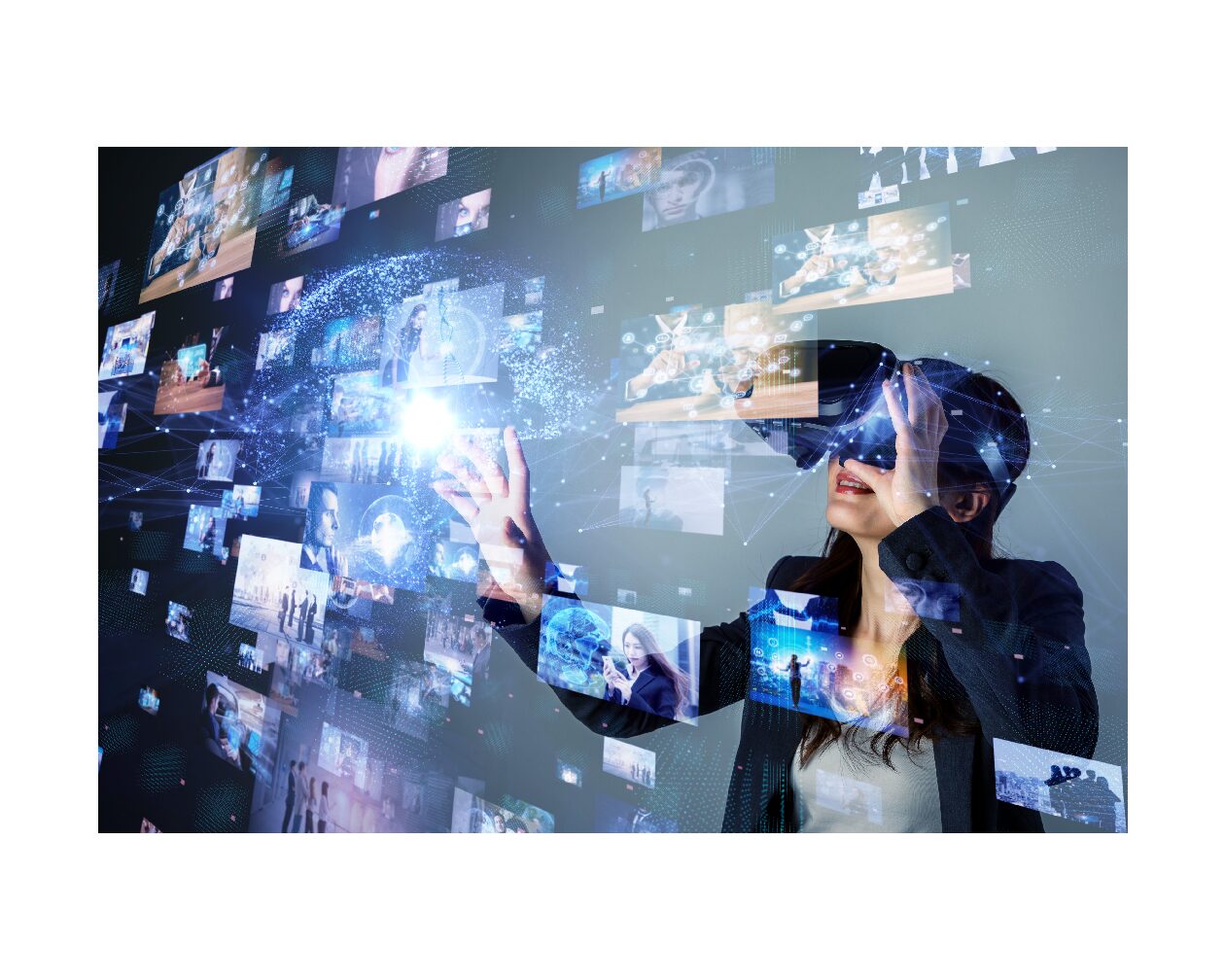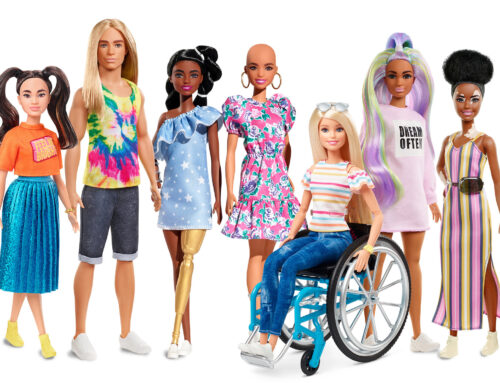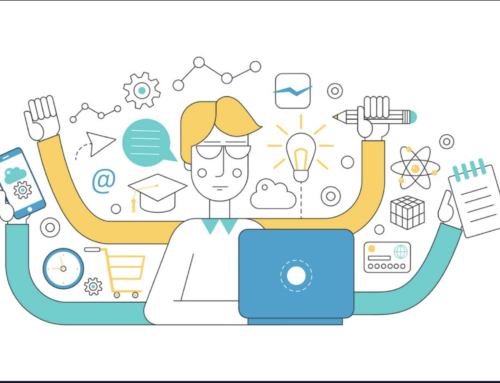Quickly becoming one of the latest buzzwords (although it was originally coined in 1992 sci-fi novel, Snow Crash), “metaverse” has been defined as a three-dimensional internet powered by a combination of AR (digital augmented reality) and VR (immersive virtual reality.) Several components that make this “universe” unique, are: persistence (can exist with or without user being present), it is real-time (a user can participate in live experiences), it’s infinite & self-sustaining (users can create an ecosystem where goods –hence the NFT momentum– & services may be exchanged), and it’s interoperable (there is only one metaverse, all of its features and benefits are integrated within it.)
With Justin Beaber recently hosting his own metaverse virtual concert, Facebook shifting gears to Meta, and Microsoft creating metaverse solutions to collaborate virtually, it is safe to say the latest craze is steadily shaping the way we market our products and create consumer experiences. Brands will have to find ways to integrate into this new world, and design experiences that will resonate with consumers looking for exciting ways to enter the metaverse space. New job openings like “Metaverse Event Director” and “Metaverse World Builder” are just a couple of ways the labor force will be able to partake in this digital revolution.
Both brands and consumers will have the opportunity to participate in the metaverse. Think immersive product launches, public relations campaigns to boost brand metaverse presence (like 3D SEO), experiential samplings and promotions, and much more. With a little bit of ingenuity, a lot of consistent, forward-thinking, we will all get to design and experience a virtual world that will be shaped by the ever-changing relationship between a brand and its consumers.




